Imagine the exhilarating sensation of being launched from 0 to 60 miles per hour in seconds, feeling the powerful surge of acceleration, and gripping the steering wheel with excitement.
Buckle up because today, we delve into the world of high-performance vehicles equipped with BMW launch control.
Whether you’re an adrenaline junkie or simply curious about cutting-edge automotive technology, this article guides you to discover which BMW models offer this jaw-dropping feature.
Which BMW Models Have Launch Control?
Here is a list of all BMW models that come with launch control:
- BMW 1 Series F20/F21/F40 (2011 to 2023)
- BMW 2 Series F22/F23/F44/G42 (2014 to 2023)
- BMW 3 Series F30/F31/F34/F35/G20/G21 (2011 to 2023)
- BMW M3 E90/E91/E92/E93 (2008 to 2013)
- BMW 4 Series F32/F33/F36/G22/G23/G26 (2013 to 2023)
- BMW 5 Series F10/F11/F07/G30/G31/G60/G61 (2010 to 2023)
- BMW M5 E60/E61 (2005 to 2010)
- BMW 6 Series F06/F12/F13/G32 (2011 to 2023)
- BMW M6 E63/E64 (2005 to 2010)
- BMW 8 Series G14/G15/G16 (2018 to 2023)
- BMW X1 F48/U11 (2016 to 2023)
- BMW X2 F39 (2017 to 2023)
- BMW X3 F25/G01 (2010 to 2023)
- BMW X4 F26/G02 (2014 to 2023)
- BMW X5 F15/F85/G05 (2013 to 2023)
- BMW X6 F16/G06 (2015 to 2023)
- BMW X7 G07 (2018 to 2023)
- BMW XM G09 (2022 to 2023)
- BMW Z4 E89/G29 (2009 to 2023)
- BMW I8 (2014 to 2020)
How do you use BMW Launch Control?
Here’s a step-by-step guide on how to activate launch control:
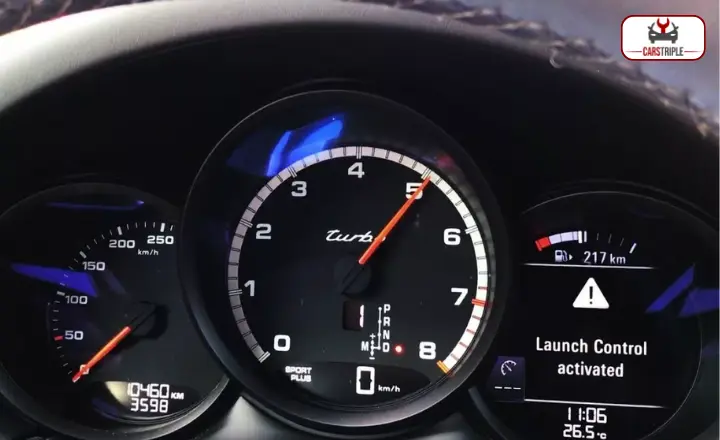
Step 1: Ensure the engine is at its operating temperature
Ensuring the engine is at its optimal operating temperature before engaging the launch control in your BMW is crucial for maximum performance.
While it may seem minor, overlooking this aspect could prevent the launch control from activating and limit your acceleration potential. BMW recommends that the engine temperature be above 30 degrees Celsius to ensure a seamless launch control experience.
This requirement highlights how precision and attention to detail are fundamental principles in the design and engineering of these high-performance vehicles.
The significance of this seemingly arbitrary temperature threshold becomes more apparent when we consider how each component of an engine reacts differently to changes in heat.
When the engine is cold, certain materials may not expand as much as they would under average operating temperatures. As a result, necessary tolerances and clearances may not be met, causing suboptimal performance or even damage to critical components.
By allowing the engine to reach at least 30 degrees Celsius, BMW owners can ensure that all parts are adequately expanded and their vehicle is ready for exhilarating launches down the road.
Step 2: Select Sport+ mode
This feature allows drivers to unleash the full potential of their BMW, pushing it to its limits with exhilarating acceleration and impressive control. With just a touch of a button, the car is transformed into a powerful beast that brings out the adrenaline junkie in everyone.
One of Select Sport mode’s most exciting aspects of launch control is optimising power delivery for explosive starts.
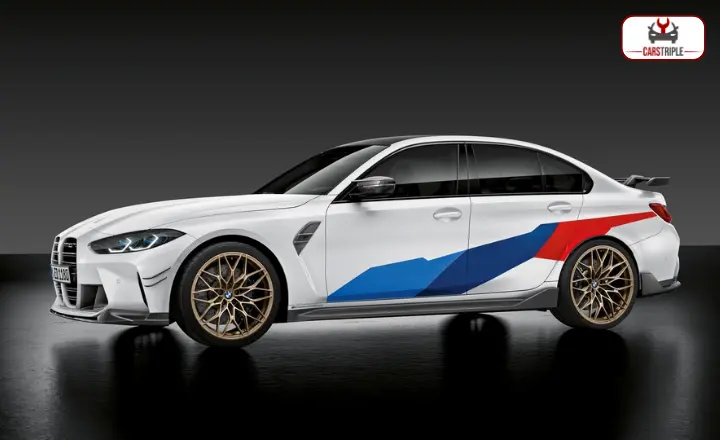
It maximizes traction by carefully modulating torque distribution and adjusting various systems like engine responsiveness, suspension settings, and stability control. This ensures that every ounce of power is transferred to the wheels efficiently, allowing for stunningly quick accelerations and mind-blowing speed bursts.
The sharpened throttle response amplifies every input from your right foot, resulting in lightning-quick gear changes and an instant surge forward.
The stiffened suspension enhances stability during high-speed cornering, giving you confidence while maneuvering through sharp turns with precision and ease.
Step 3: Put the gearbox in Sport mode
BMW launch control is a feature that many automotive enthusiasts rave about. With just the push of a button or by putting the gearbox in Sport mode, drivers can experience an adrenaline-pumping acceleration that leaves other cars in the dust.
The launch control system optimizes various settings like engine RPM, traction control, and transmission shift points to provide the best possible start off the line.
By selecting Sport mode in your BMW, you activate launch control and unleash its full potential. The sportier transmission mapping holds gears longer and allows quicker shifts, providing a thrilling driving experience.
Launch control ensures optimal traction by managing power delivery to all four wheels through BMW’s intelligent xDrive system. It’s important to note that launch control should be done cautiously and only on closed roads or designated areas.
Step 4: Activate Sport+ Traction mode
With a simple push of a button, activating the Sport Traction mode takes driving to another level. This innovative system optimizes the delivery of torque to provide maximum traction, ensuring that every ounce of horsepower is used.
In Sport Traction mode, the senses are heightened as the car braces itself for action. The revs soar as the engine eagerly anticipates unleashing its full potential.
It’s an explosive burst forward with a sober force that propels you into a new dimension of driving ecstasy. Lightning-fast acceleration that pins you back into your seat and exhilarating G-forces that leave an indelible smile on your face.
Launch control in BMW vehicles creates unforgettable experiences, showcasing a perfect blend of cutting-edge technology and precision engineering.
Step 5: Press and hold your left foot on the brake
Press and hold your left foot on the brake. It’s a simple instruction that unleashes incredible power on BMW vehicles equipped with launch control.
With just a touch of a button, this feature revolutionizes the start of your journey, catapulting you into an exhilarating acceleration that can leave even the most jaded car enthusiast speechless.
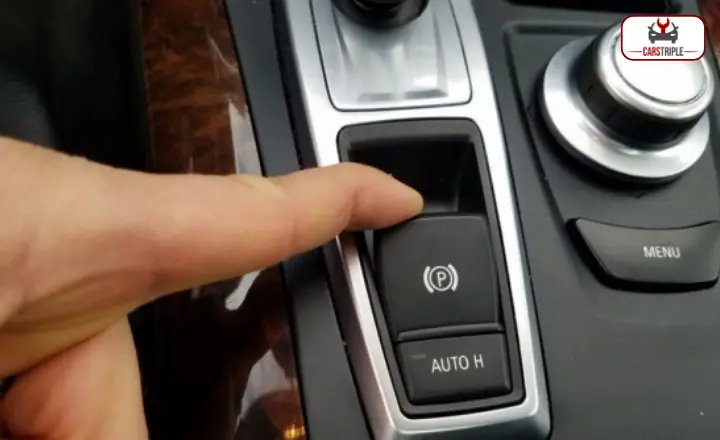
But launch control is not just about raw power and adrenaline-pumping speed. It also represents BMW’s engineering prowess and relentless innovation pursuit.
By managing torque delivery, optimizing traction control systems, and fine-tuning throttle response, BMW ensures that every launch is blisteringly fast but also smooth and precise.
Launch control is not limited to racetracks or high-performance sports cars; it has found its way into even everyday luxury sedans like the 5 Series or SUVs like the X5 M Competition.
This democratisation of performance technology means drivers can experience the sheer thrill of launching their vehicle at red lights or merging onto a highway with unprecedented confidence and composure.
Step 6: Press and hold your right foot down on the accelerator
BMW has taken performance driving to the next level with its innovative launch control feature. By pressing and holding your right foot down on the accelerator, drivers can experience adrenaline-pumping acceleration that propels them forward like a rocket.
This advanced technology optimizes power delivery, traction, and stability control systems to get the vehicle off the line as quickly and smoothly as possible. One of the most impressive aspects of BMW’s launch control is its ability to provide consistent results time after time.
Whether on a racetrack or city streets, this feature ensures that every launch is equally exhilarating. BMW has designed its launch control to be incredibly user-friendly, making it accessible even to those with little performance driving experience.
The launch control capability showcased by BMW enhances the overall driving experience and highlights their dedication to pushing boundaries in automotive engineering.
Step 7: Release the brake
Apart from the competition, the Bavarian automaker is its launch control function, specifically the brake release. This simple yet powerful manoeuvre allows drivers to unleash the full potential of their BMW, launching it off the line with impressive speed and precision.
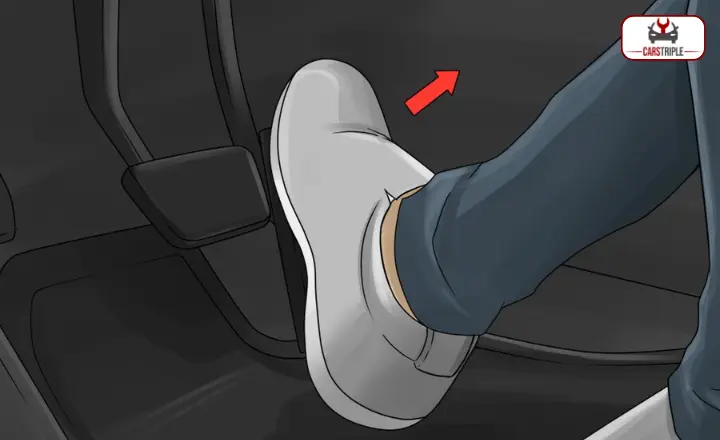
By releasing the brake, drivers can fully utilise their BMW’s advanced traction control system and optimise acceleration. Whether behind a sleek M4 or a high-performance M5, mastering launch control will make you feel like a race car driver whenever you hit the gas pedal.
It’s an adrenaline rush that any other driving experience cannot match. The release of the brake also highlights BMW’s commitment to marrying technology with performance. With each new model, they continue to push boundaries and refine launch control systems for maximum effectiveness and safety.
What to do if BMW Launch Control is not Working?
If you find that your BMW’s launch control is not working, there are a few troubleshooting steps you can take to try and resolve the issue.
1. Press the brake with greater force
Some BMW owners have recently reported that their launch control is not working as expected. The solution? Press the brake pedal with greater force.
It may seem counterintuitive, but increasing pressure on the brake pedal can activate launch control in specific BMW models. This extra force signals to the car’s computer system that you are serious about launching quickly and prompts it to engage in this high-performance function.
Many modern vehicles use complex electronic systems to enhance performance and driver experience; launch control is no exception. By pressing the brake more firmly, you send a stronger signal to these systems, showing them that you mean business.
It creates a dialogue between you and your car, communicating your intent for an intense speed burst off the line. It’s an exciting insight into how technology continues to evolve in our quest for automotive excellence.
2. Depress the accelerator pedal past the resistance point
Many BMW owners have encountered this frustrating issue and are left wondering what could be causing it. One possible solution to get the launch control back up and running is to depress the accelerator pedal past the resistance point.
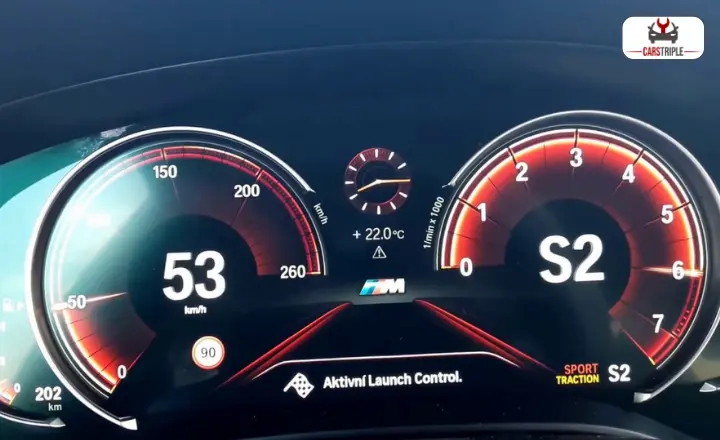
When launching a BMW with the launch control engaged, drivers are advised to press down firmly on the accelerator until they feel a certain level of resistance. If the launch control isn’t engaging, pushing past this resistance point might do the trick. This simple action can reset or recalibrate the system, allowing for smoother launches and a restored launch control function.
Some experts suggest that by pressing down harder on the accelerator pedal than usual, you can break through any obstacles preventing optimal engagement of launch control. It’s important to note that this method may not work in all cases, and other underlying issues could contribute to the malfunctioning launch control.
3. Allow at least a 5-minute interval between two launches
Some BMW owners are experiencing issues with this feature not working as advertised. There have been reports of excessive wear and tear on the drivetrain when launch control is used frequently or back-to-back.
While BMW does provide guidelines for using launch control properly, such as allowing at least a 5-minute interval between two launches, many enthusiasts are eager to push the limits and disregard these recommendations. This could explain why some users face unexpected repairs and increased maintenance costs.
One possible explanation is the stress that launch control puts on various vehicle components. Launch control involves quickly engaging the clutch and delivering maximum power to the wheels to achieve optimal acceleration.
This can significantly strain parts such as the transmission, driveshaft, and differential. Allowing sufficient time between launches gives these components a chance to cool down and recover from the intense forces they experienced during acceleration.
4. Check for any warning lights
Warning lights can often be an indicator of a more significant issue with your vehicle, and they can give you valuable information about what might be wrong. In the case of the BMW launch control not working, there are a few warning lights that you should specifically look out for.
One such light is the Engine or Check Engine light, which illuminates when there is a problem with the engine management system.
Another vital light to pay attention to is the Transmission or Gearbox light, as issues with the transmission can directly affect the functionality of the launch control.
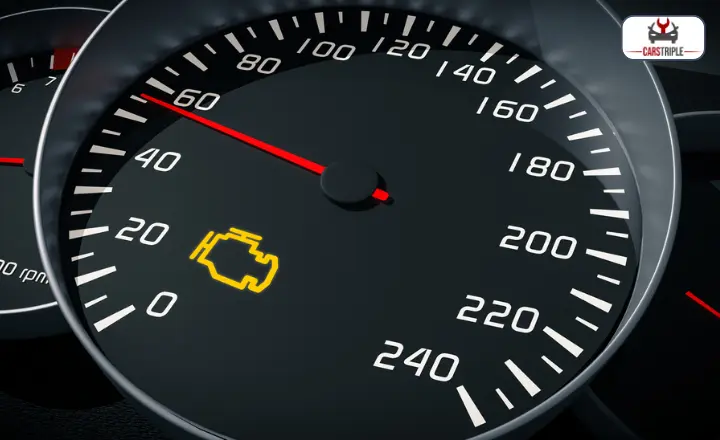
If you notice any warning lights related to these systems or any other abnormal indicators on your dashboard, it’s crucial to address them immediately. While some issues may be minor and easily fixable, others may require professional assistance from a certified BMW technician.
Ignoring warning signs could lead to more severe damage down the line and result in costlier repairs.
5. Ensure all the doors, hood, and trunk are correctly closed
There are instances when this exhilarating feature fails to work as expected. One common issue that can prevent Launch Control from engaging is if any of the doors, hood, or trunk need to be correctly closed.
It may seem like a minor inconvenience, but ensuring that all doors and panels are securely shut plays a critical role in activating Launch Control. This safety measure ensures that all vehicle components are adequately placed before unleashing its powerful performance capabilities.
While some may find it frustrating to have this requirement in place, it serves as a reminder of the importance of automotive design and engineering’s attention to detail.
This emphasis on properly closing all entry points also reflects BMW’s commitment to driver and passenger safety. By demanding meticulousness from its users, BMW ensures that it prioritises safety above all else.
Is BMW Launch Control Safe for the Car?
Critics argue that launch control puts unnecessary stress on the engine and drivetrain, which can lead to premature wear and tear. The sudden jolt of power could damage components like the clutch, transmission, or differential.
BMW has extensively tested and engineered its launch control systems to ensure they are not harmful to the car when used as intended. Launching control can be safer for the car than traditional aggressive driving starts.
Launch control ensures smoother acceleration by optimally balancing power delivery and traction, reducing wheel spin and potential loss of control. BMW’s advanced electronic stability controls enhance safety during launch control activation.
It comes down to responsible use; if used within recommended guidelines and not abused excessively, BMW’s launch control can provide drivers with thrilling performance and peace of mind.
Is there a limit to how Often you can use BMW Launch Control?
Repeating launch control can strain your BMW’s drivetrain and other crucial components. Launch control involves revving the engine to higher RPMs and releasing the clutch or transmission with force, which puts immense pressure on these parts.
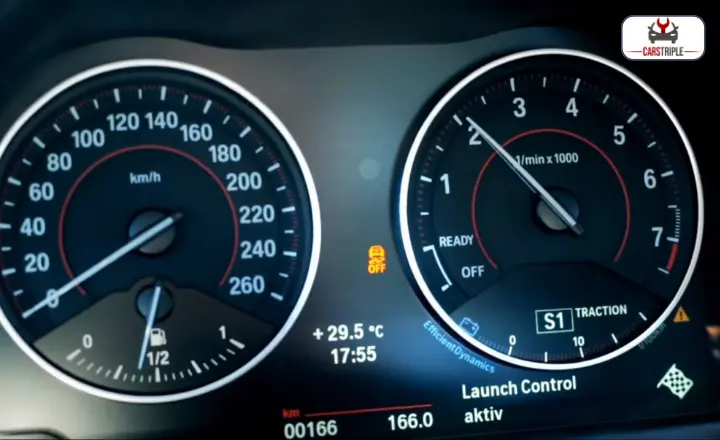
Repeated use can lead to premature wear and tear, potentially resulting in costly repairs. To ensure that your BMW remains in top condition for years, it is advisable to rely on something other than launch control.
Reserve it for special occasions or when you need that thrilling burst of speed. Taking care of your car’s mechanical aspects will enhance its longevity and preserve its value over time.
Conclusion
BMW launch control offers on several of its high-performance models, such as the M3, M4, and M5. This feature allows drivers to achieve optimal acceleration from a standstill, enhancing the driving experience and providing a thrilling launch off the line.
While unavailable on all BMW models, it demonstrates the brand’s commitment to delivering cutting-edge technology and performance capabilities.
Whether for track days or simply enjoying the power of these vehicles on the road, launch control adds an extra layer of excitement to the driving experience.
FAQ’s
Can I use Launch Control on any surface or road condition?
For safety reasons, it is recommended to only engage Launch Control on dry and even road surfaces with good traction.
Are there any maintenance requirements associated with using Launch Control?
Per the manufacturer’s recommendations, regular maintenance will help ensure optimal performance when using features like Launch Control.
Can I retrofit Launch Control into older BMW models that don’t have it?
Retrofitting features like Launch Control into older BMW models may not be feasible due to those vehicles’ hardware and software limitations.
